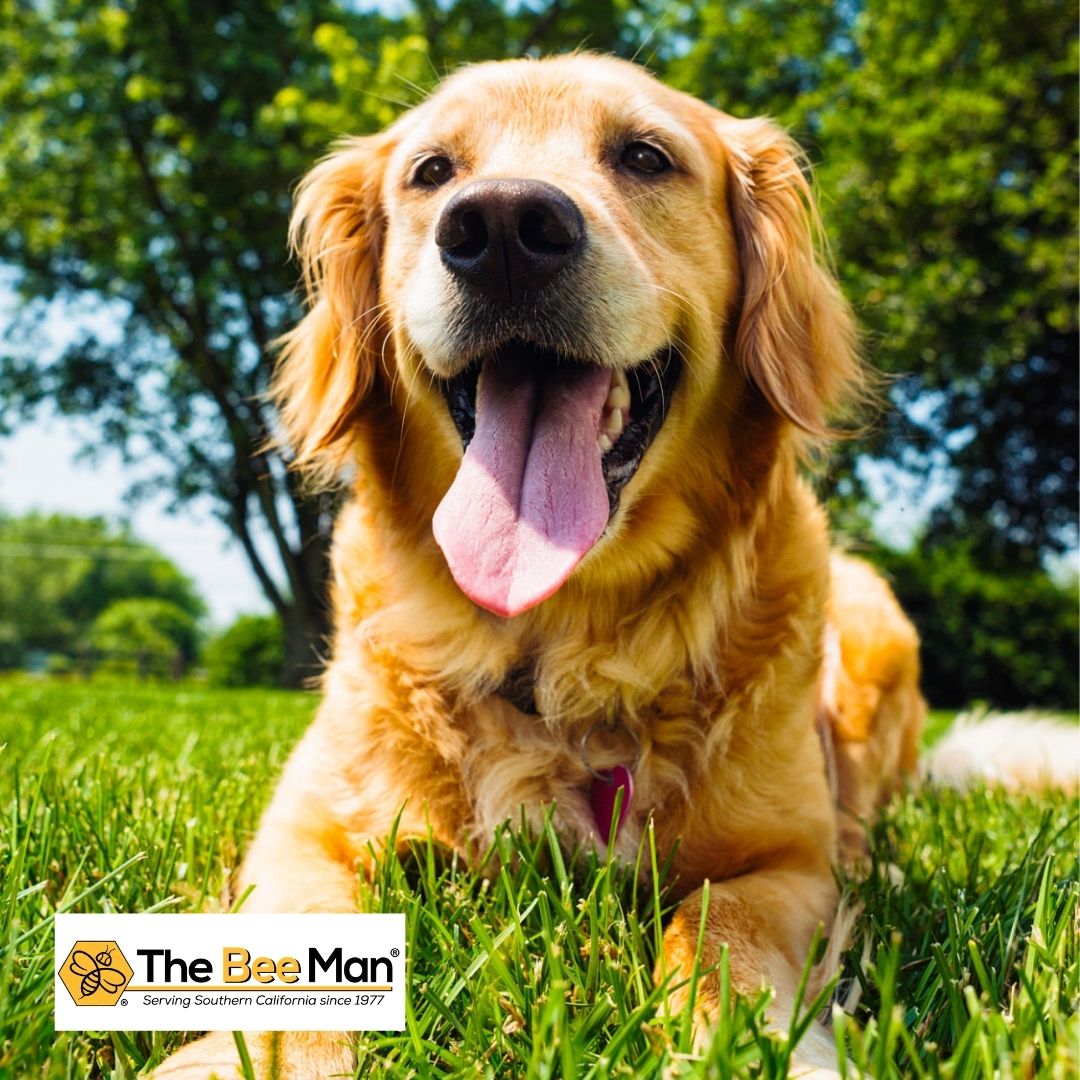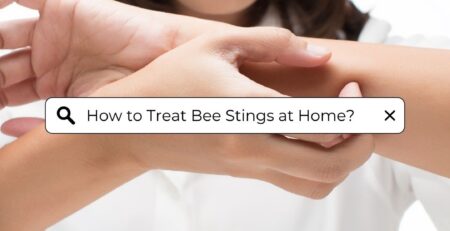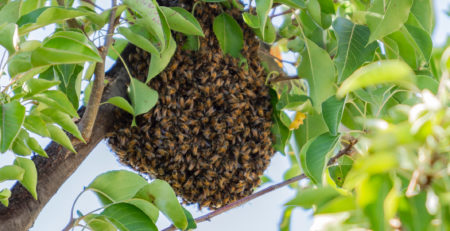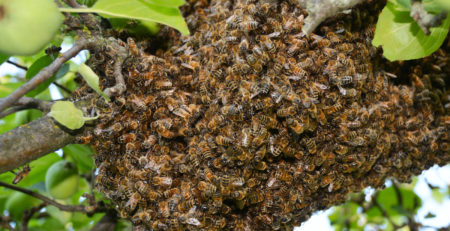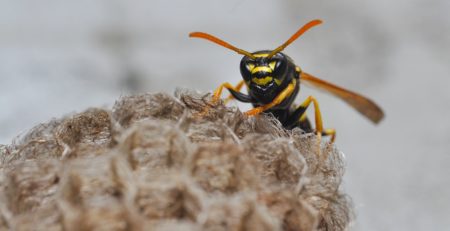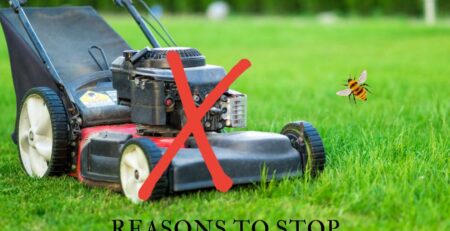How To Give First Aid For Insect Stings In Dogs
Dogs are curious creatures that love to sniff around at anything that spikes their interest. This is particularly the case when your canine buddy finds an interesting insect that they want to investigate. However, when they stick their nose where it isn’t supposed to be, they will quickly get punished. Bee removal professionals in Orange County explains that is the reason for insect bites to usually happen on your dog’s nose.

The closest body parts, such as the eyes, ears, and feet, are usually easy targets for stinging insects. So, when your dog puts his or her paws on an anthill or arouses a wasp nest or beehive, the insects get into a mob and could possibly sting the dog’s entire body!
Bee, wasp, and hornet stings are a concern for a nosy dog. Insect venom can result in a whole host of issues such as mild irritation to life-threatening shock. If you are an observant dog owner, you can lower the reaction by taking action quickly. But you must always remember the even though first aid begins at home you must take your dog to a vet for severe cases.
What Are The Signs That Your Dog Has Been Stung?
Here are a few cues that could give you a heads up that your dog has been stung.
- Whining
- Holding up a paw (if stung on the paw)
- Biting or nibbling at the site of the sting
- Drooling
- Pawing at the face or mouth
- Swelling
- Hives
How Do I Know If My Dog Is Having An Allergic Reaction To A Bee Or Wasp Sting?
The Bee Man, a bee removal company in Orange County, urges dog owners to look out for signs that could reveal that your pet is allergic to bee and wasp stings.
- Difficulty breathing
- Swelling of the mouth and/or throat
- Collapse
If you see one or more of these symptoms when your dog has been stung, take them to the vet as soon as possible for treatment.
What To Do If My Dog Has Been Stung?
First thing is to stay as calm as possible. This will help you and your dog. Similar to humans, dogs feel agitated and upset by the painful sting. So, to help them, keep yourself calm, and try to distract them with lots of positive attention.
Most of the time, dogs that are stung by a bee or wasp experience mild side effects and you can take care of them at home. Take a look at our advice below to help your dog, but always talk to your vet if you feel your dog needs urgent treatment.
How Do I Remove A Bee Sting?
Bees, unlike wasps, usually leave their sting behind implanted in the skin and it continues to pump venom into the dog. Find the location of the sting and try to pull out the stinger. If you can scrape out the stinger using a credit card or something similar, do so. Try to scrape the stinger out below the poison sac and then was the area in water. Never try to squeeze the sting by pinching the sting out with your fingers, or with tweezers, since this could lead to squeezing more poison into your dog’s body, which results in more pain and a greater reaction.
Bathe The Area
Gently wash the area that has been stung with mild soap and water. This can prevent infections and lower the risks of any further issues. It’s very probable that this area is going to be very sensitive and painful, so do not scrub the area hard.
Calm Down The Swelling
Place a clean tea towel under a cold tap, squeeze it out and hold it against the affected area. This should help to reduce the swelling and has a soothing effect on your dog.
Also, applying some ice to help soothe the sting can help to ease the swelling, but don’t put the ice directly onto your dog’s skin. Instead, place a thin piece of cloth on the skin first and put ice on top of that, or wrap some ice cubes in a tea towel. If you don’t have any ice cubes, then a bag of frozen peas will do the trick. Don’t leave the ice on for too long, about five to ten minutes is long enough.
What Do I Do If My Dog Got Stung Inside The Mouth?
If you notice that your dog has been stung in the mouth or throat, the bee removal experts of The Bee Man recommend that you should contact your vet right away since it could swell and interfere with your dog’s breathing. Also, if your dog is showing signs of an allergic reaction or anaphylactic shock, call your vet immediately because this is a medical emergency.
What Do I Do If My Dog Got Stung On The Paw?
Normally, dogs get stung on the paws after stepping on a bee or a wasp, or when trying to swat at these insects. If they got stung on the pads of the paw it might be challenging for you to see or remove the sting. When dogs get stung on the paw, they might begin to limp or even chew, lick or bite at the sting.
Should I Give My Dog Antihistamines?
Some websites recommend giving dogs your own antihistamines to treat a bee or wasp sting. Although some antihistamines are suitable for dogs there are others that could make your dog seriously ill and can even be fatal. Therefore, do not give your dogs any antihistamines before talking to your vet to check whether the drug in question is safe for your dog and that the quantity is appropriate for the size and weight of your pet.
After a sting incident, keep a close eye on your dog to make sure no allergic reactions develop. If several days go by and the swelling does not go down, seek veterinarian assistance right away!
Furthermore, if your canine friend has stumbled upon a bee or wasp nest that you want safely removed from your property, give The Bee Man a call at (949) 455-0123 for a quote.

